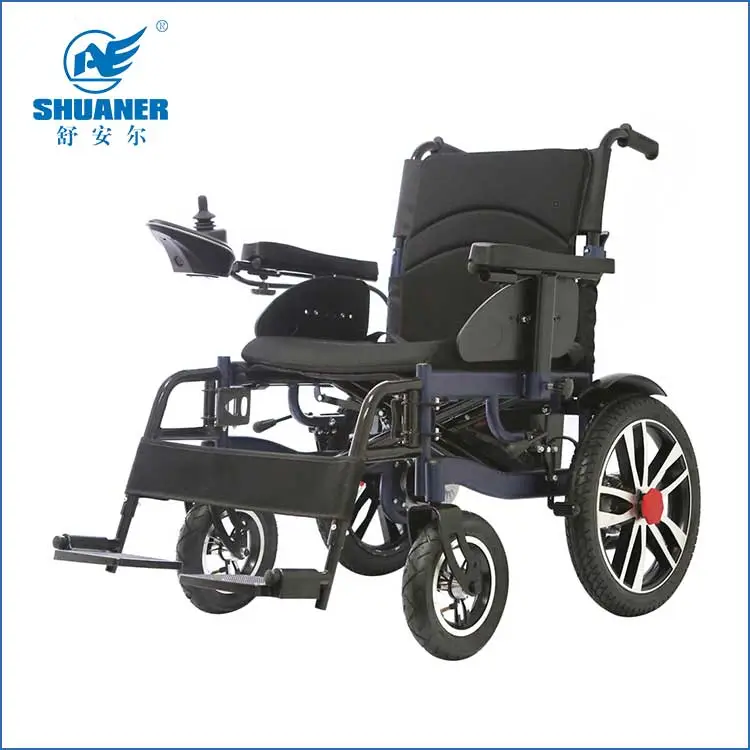- English
- Español
- Português
- русский
- Français
- 日本語
- Deutsch
- tiếng Việt
- Italiano
- Nederlands
- ภาษาไทย
- Polski
- 한국어
- Svenska
- magyar
- Malay
- বাংলা ভাষার
- Dansk
- Suomi
- हिन्दी
- Pilipino
- Türkçe
- Gaeilge
- العربية
- Indonesia
- Norsk
- تمل
- český
- ελληνικά
- український
- Javanese
- فارسی
- தமிழ்
- తెలుగు
- नेपाली
- Burmese
- български
- ລາວ
- Latine
- Қазақша
- Euskal
- Azərbaycan
- Slovenský jazyk
- Македонски
- Lietuvos
- Eesti Keel
- Română
- Slovenski
- मराठी
- Srpski језик
What are the risks of electric wheelchairs?
2024-08-27
The use of electric wheelchairs can greatly improve the quality of life for people with limited mobility, but there are also some potential risks. Understanding these risks and taking appropriate measures can help ensure safe use. Here are some common electric wheelchair risk predictions and countermeasures:
1. Safety risks
Tipping: Electric wheelchairs may tip over when used on uneven ground or slopes. Avoid driving on unstable terrain and try to choose flat roads.
Collision: The wheelchair may collide with obstacles, especially when moving in a narrow space. Check the surrounding environment before use to avoid obstacles and dangerous objects.
2. Battery and electrical problems
Battery failure: The battery may fail or overheat. Check the status of the battery regularly to ensure that the battery is charged properly and use the charging equipment recommended by the manufacturer.
Electrical failure: The electrical system of the electric wheelchair may fail, resulting in control failure. Maintain and inspect the electrical system regularly and repair it in time if problems are found.
3. Operational errors
Operational difficulty: Operating an electric wheelchair may require certain skills and experience. Users should receive appropriate training and master the correct operation methods.
Misoperation: For example, accidental start or acceleration. Make sure the electric wheelchair's operating system is simple and easy to understand, and has a design to prevent misoperation.
4. Maintenance and care issues
Tire wear: Wheelchair tires may wear over time, affecting driving stability. Check the tire condition regularly and replace worn tires in time.
Loose parts: Wheelchair parts may become loose or damaged. Regularly check and maintain the various parts of the wheelchair to ensure that they work properly.
5. Environmental factors
Slippery ground: Using an electric wheelchair on rainy days or in wet environments may cause sliding or difficulty in control. Try to avoid using it on slippery ground, and choose non-slip tires to improve safety.
Obstacles and narrow spaces: Electric wheelchairs may be risky to use in narrow or obstructed environments. Understand the size and turning radius of the wheelchair and avoid entering narrow spaces.
6. User health
Physical condition changes: Changes in the user's physical condition may affect the ability to operate the electric wheelchair.
7. External interference
Interference factors: For example, sudden environmental changes or unpredictable external factors may affect the operation of the wheelchair.
8. Adaptability issues
Personalized adjustment: Electric wheelchairs need to be personalized according to the user's physical condition and needs.




